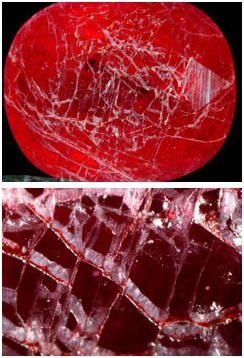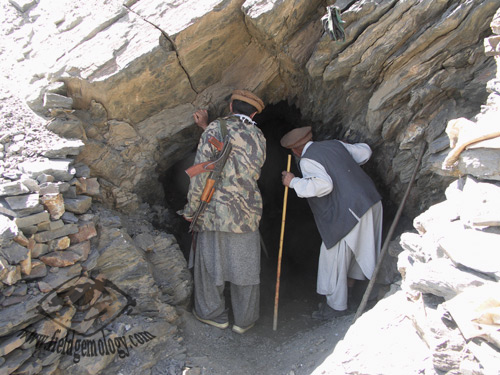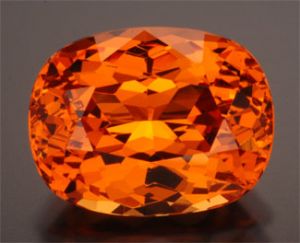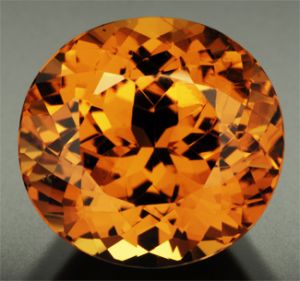by Richard W. Wise, G.G.
©2010
Of Dentists and Doughboys:
What is it about gemstones that gives buyers the idea that somewhere, somehow they can get something for nothing? Why are dentists particularly vulnerable? Over the course of my career I have spoken to not less than five members of that gullible fraternity who “invested” in gems. One salesman told my dentist that Japanese investors were eager to pay twice the price for low grade aquarium gravel contained in that little sealed packet. “Why didn’t you suggest that the salesman board a jet to Tokyo and reap those high profits”? I asked Dr. Pain. He shrugged, smiled sheepishly and looked down at his shoes.
Did you hear the one about the smart New York lawyer who, after I told him about a buying trip to Thailand and Burma, blithely asked, “Yeah, but do they know what they’ve got?” Well, yes Virgina, these folks have have been mining and marketing gems since the Bronze Age, I think it’s fair to say that they have finally figured it out.
A Potentially Explosive Investment:
I suppose the neophyte gem investor is really no different from the clueless homeowner who believed those friendly folks at Country-Wide when they told him he could support his lifestyle by the continued plundering of the equity in his home and is now so far underwater he can’t even draw breath through a snorkel—a fool and his money…I remember another occasion, a young couple, yoga students who had spent time in an ashram in India. They met an Indian fellow who’s father owned a ruby mine. Despite my warnings they returned to India and sunk $10,000 into dyed and oiled ruby bead made from low-grade East African rough that originally sold for $150.00 per kilo.
More recently I was approached by two army officers currently serving in Afghanistan to appraise gemstones that they had bought for investment. One of the men, a lieutenant who seemed particularly eager to buy, told me he was a specialist in the very dangerous profession of mine clearance. I advised him to stop buying and volunteered to take a look at his purchases. After vetting his collection which included lead-glass filled ruby and low end tanzanite, I suggested that purchasing gems for investment on the open market in Afghanistan could very likely have a more explosive impact on his finances than his current day job.
Our service members should be aware that there appears to be an entire industry in Afghanistan, similar to the one that existed in Pattaya, Thailand during the Vietnam War, dedicated to fleecing members of the American military. According to Gary Bowersox, a gem dealer who travels frequently to Afghanistan and co-author of Gemstones of Afghanistan: “The Afghanistan market is flooded with treated and synthetic gems where uneducated Afghan gem dealers are selling volumes of gems to foreign soldiers who are also uneducated in gemology.”
Professional appraiser, Charlene Bradbury, G.G. has appraised 50-100 stones brought back by approximately ten servicemen from Afghanistan over the past two years. she notes that 90% were either synthetic with a fairly large proportion of lead glass filled rubies. Most others were low grade, lead glass filled rubies.

Getting The Lead Out: (above)Lead glass filled ruby after heating that removed some of the glass. Below: Same ruby under magnification. Photo: Shane F. McClure
Our Responsibility:
I know that I promised more on the topic of Online Gem Evaluation and I will, but I really feel that my experience with the two army officers is a cautionary tale that needed to be told. Our boys in the military are doing a dirty and very dangerous job for us in Afghanistan and I believe that we, as members of the gem fraternity, have a responsibility to protect them in whatever small way we can.
Countdown To Tucson:
The annual free-for-all smorgasbord known collectively as the Tucson Gem Shows will begin at the end of this month. I have been attending the shows for over twenty-five years and have watched awestruck by the spectacular growth of this annual event. My wife and I spend two weeks and work every day and still find it impossible to take in all of the shows. As always, I enjoy the hunt. It can be frustrating but there is nothing more satisfying than the thrill of sourcing a particularly fine gem at an out of the way booth, tucked into some back alley show.



